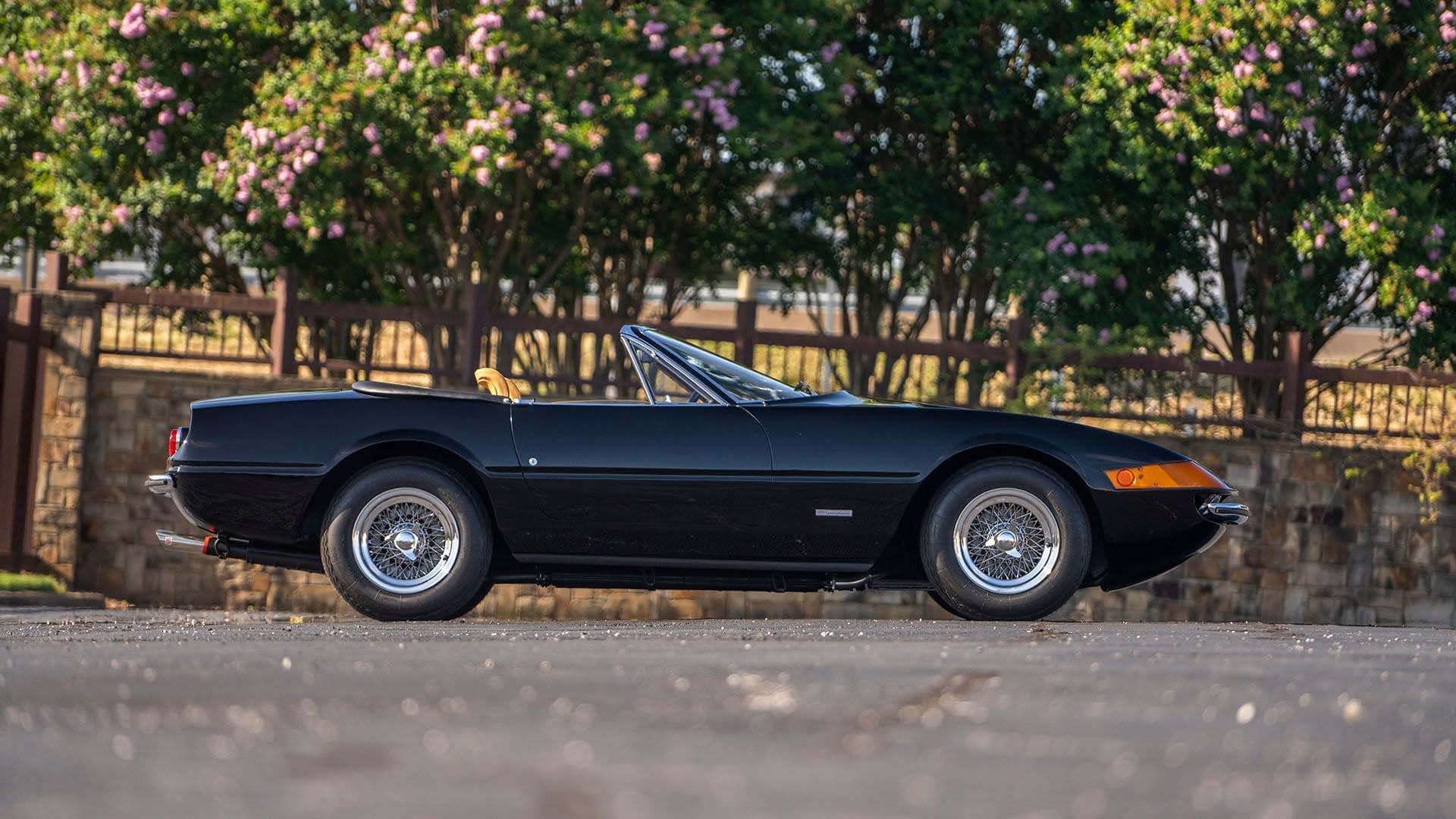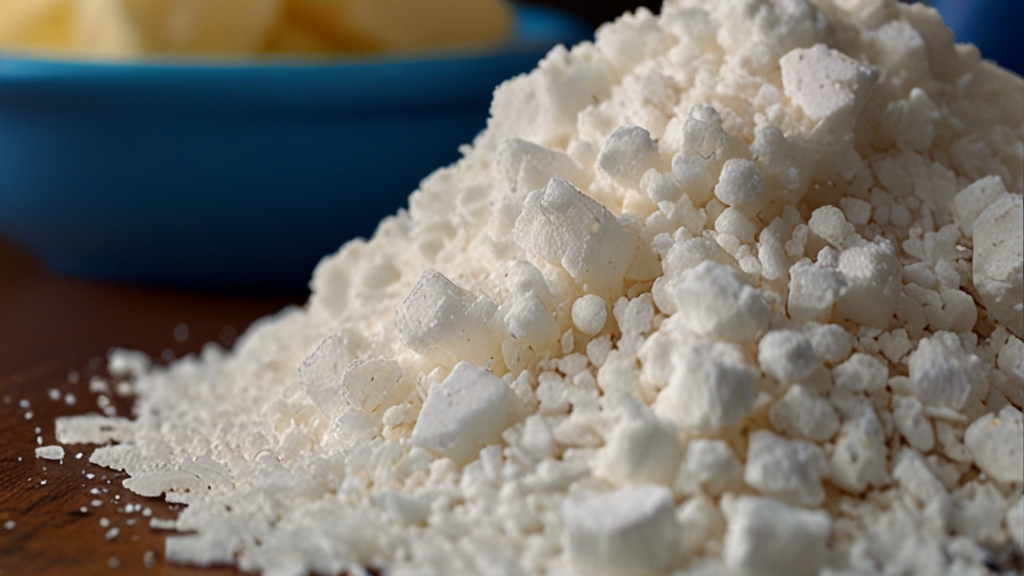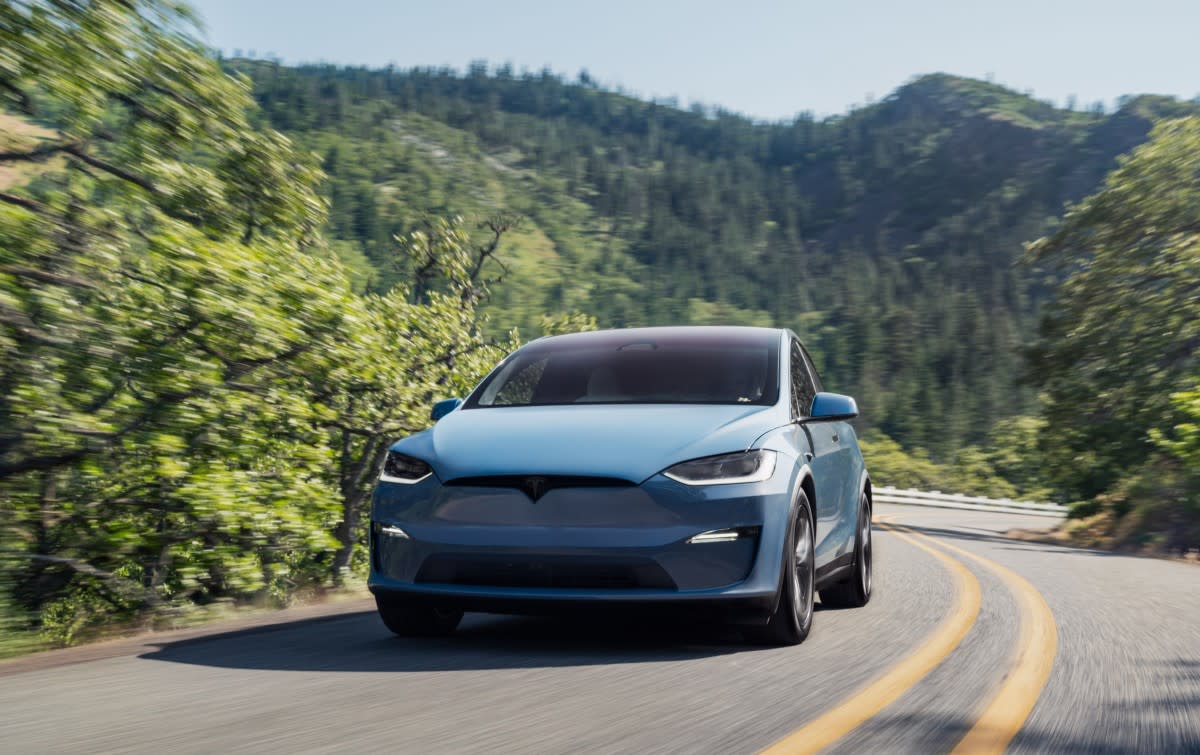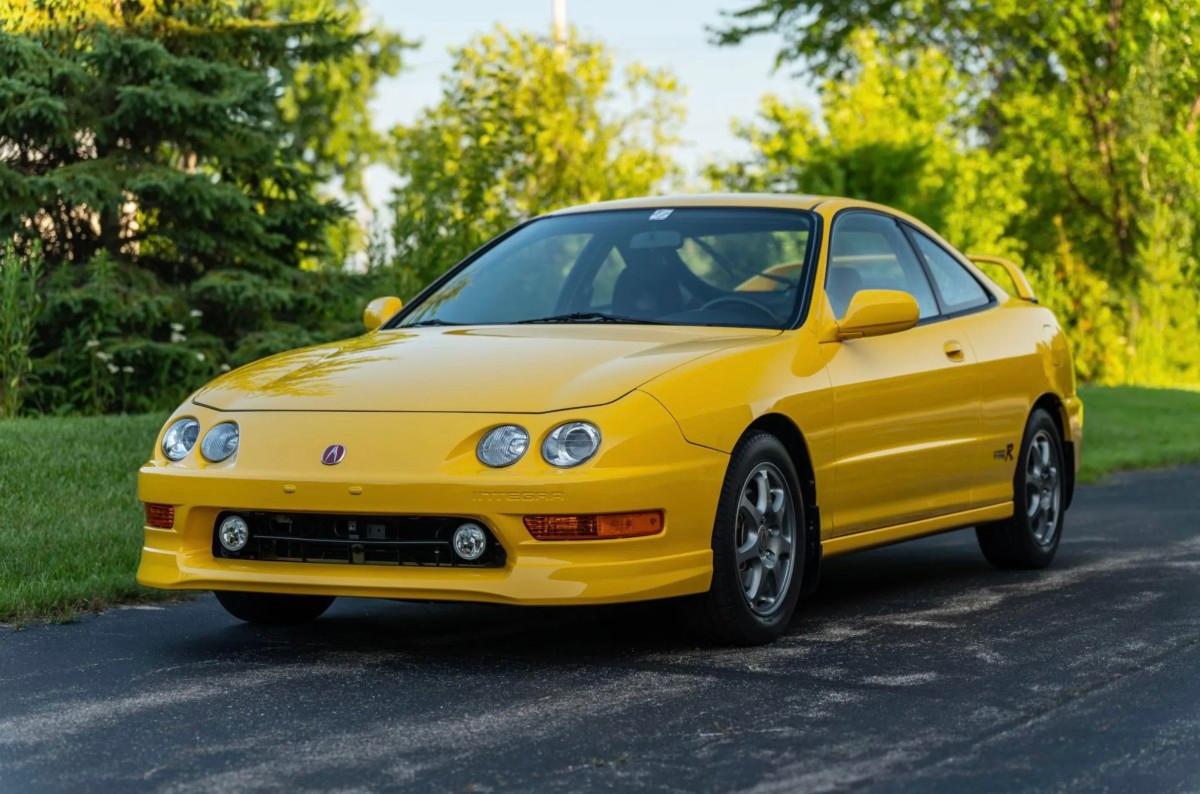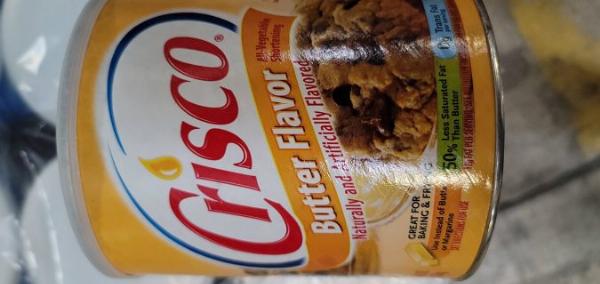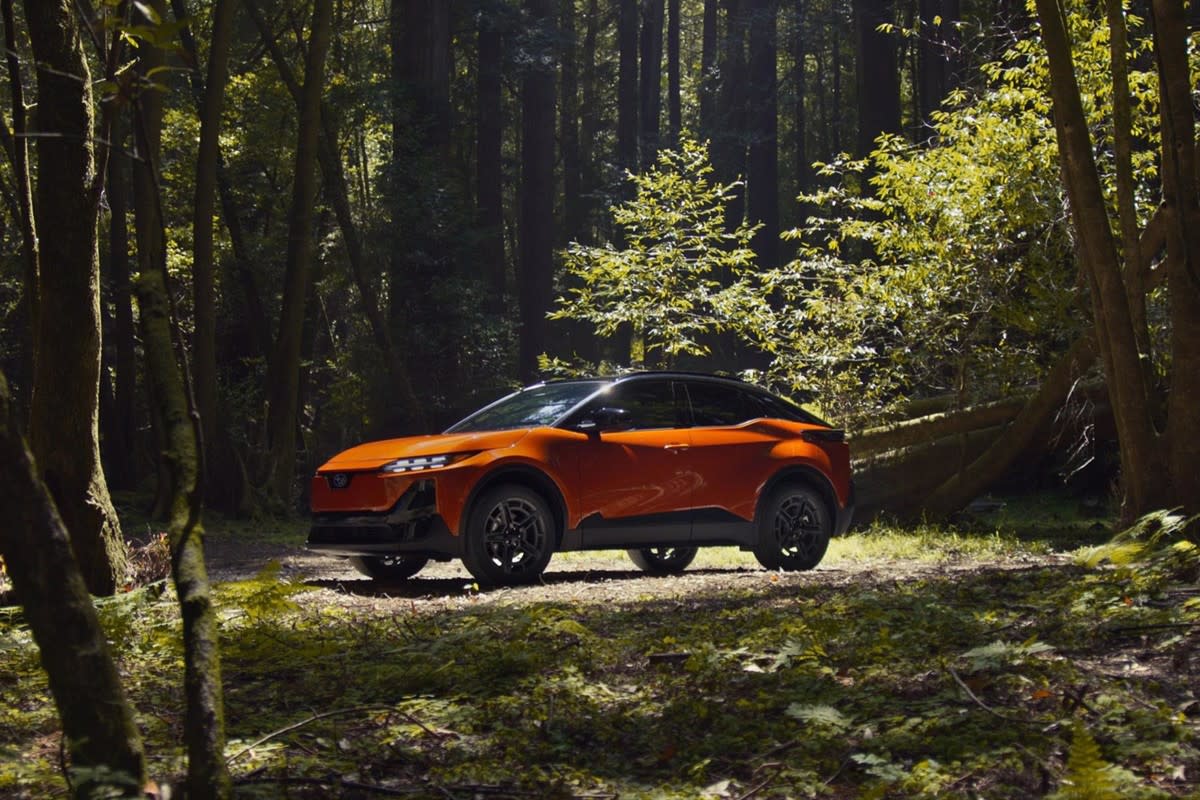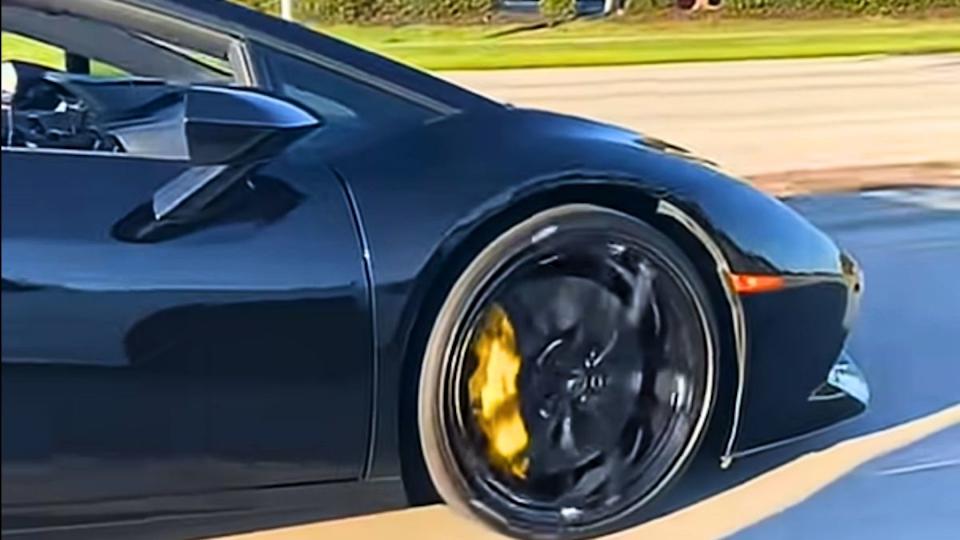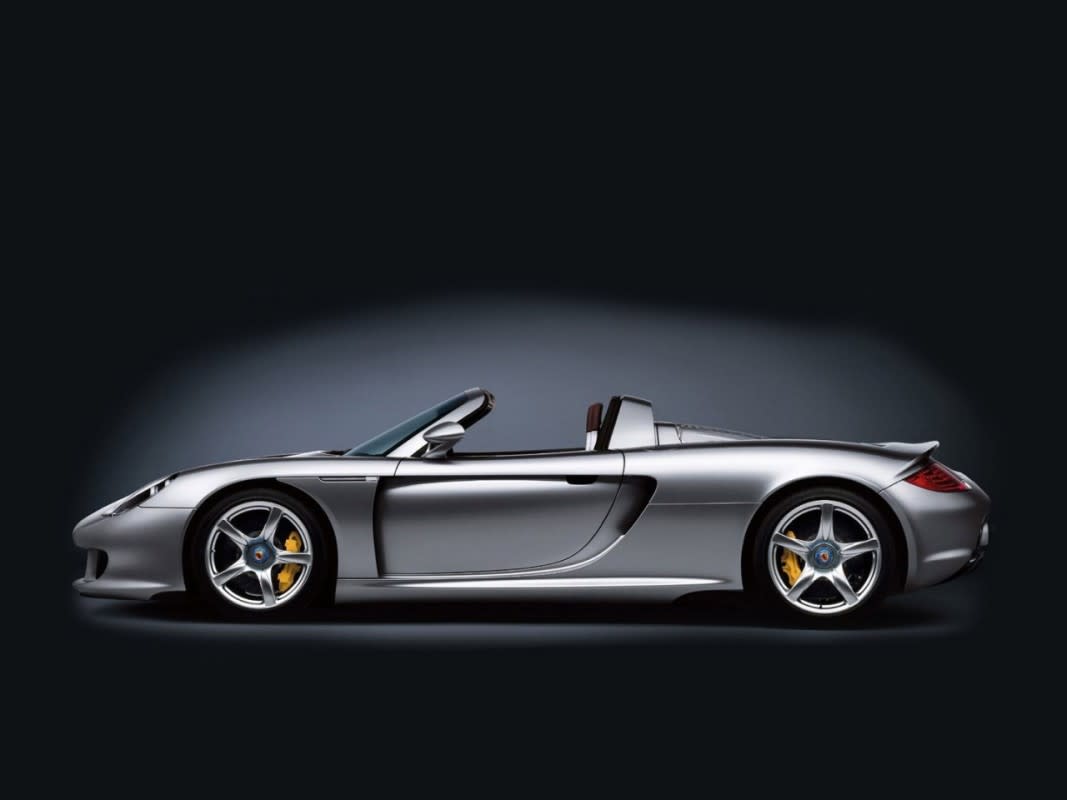
Porsche's Legendary Carrera GT is Not the Car You Think it is originally appeared on Autoblog.
But it is a bucket-list car for enthusiasts everywhere
It’s the Porsche supercar we all think we know and one that we all seem to love. It’s a car that commands respect, both for its engineering and for its famously unforgiving nature. No conversation about it is complete without mention of its tricky reputation, one well-earned though some high-profile incidents and notable close calls. Still, the Porsche Carrera GT, produced from 2004 to 2006, remains a dream machine —a bucket-list car for enthusiasts everywhere.

The numbers were nuts. They still are
The Carrera GT’s specs are impressive even today, but back in 2004, they were borderline absurd: 605 horsepower from a race-derived aluminum V10, a 0–60 mph sprint in just 3.5 seconds, and a top speed of 205 mph. A quarter-mile run? 11.2 seconds. All that performance came through a six-speed manual transmission—the only option.
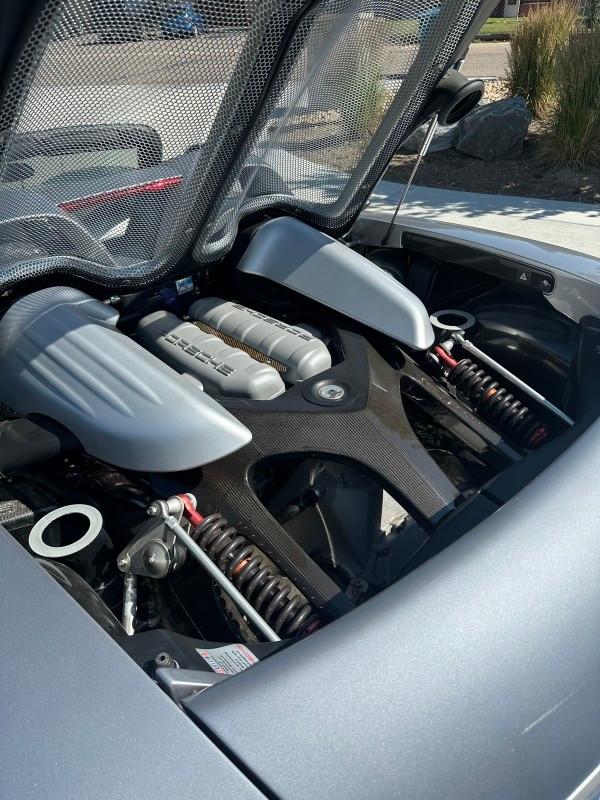
Back then, the Carrera GT stickered at $448,400. Today, add close to a million for a well-kept example. They’re also incredibly rare, as Porsche built just 1,270 of them, though insiders say there were a handful more. That’s fewer than the number of F40s that Ferrari produced, and while it’s not uncommon to see a Carrera GT that’s been trailered to a concours event, when was the last time you saw a one simply out for a drive?
Secondhand news
In the two decades since its debut, a full-blown mythology has formed around the Carrera GT; one that casts it as flawed and demanding but also highly rewarding. It’s folklore born from a thousand different stories—some more reliable than others—but there are common themes. Some say the clutch is difficult, that the car’s a nightmare to live with, that the front lip will scrape on every driveway, and that it’ll probably try to kill you.
All I’ve ever learned about the Carrera GT has come secondhand: from contemporary magazine articles, through conversations with former owners, and by way of deep dives into the murky depths of internet forums and car website comment sections. But what’s the Carrera GT really like, twenty years on? First-person research was needed, and I was compelled to find out. But with Carrera GT values so high and with so few of them around—much less driven—most enthusiasts will never get the chance. But I’m lucky. My buddy Brian’s has one and he was willing to toss me the keys for a morning. Here’s my take.
This is the part where I pinch myself
Pulling up to Brian’s place, I spot the car in the driveway; washed, fueled and ready to go. In the bright morning light it looks wide, low, and purposeful, like a fighter jet poised on the tarmac. But it’s beautiful, too. The Carrera GT looks as good now as it ever has, and as I approach Brian’s GT Silver CGT, it finally hits me: this is really happening. I slip into the car with surprising ease, despite the wide sills; having the roof panels stashed away in the frunk certainly helped. Those broad sills exist, of course, because of the car’s carbon fiber tub—an incredibly stout piece of industrial art that’s stamped, incidentally, Made in Italy.
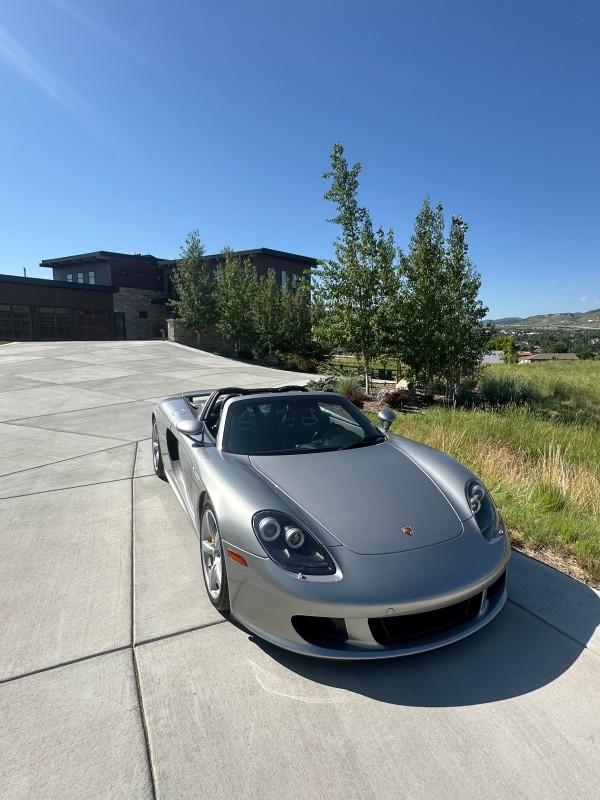
Like all Carrera GTs, this car’s got Porsche’s first-generation buckets, and they’re surprisingly comfortable—dare I say more suited to my shape than Porsche’s current LWBs. Highly-engineered details abound and almost everything feels special, with the possible exception of some aluminum-looking plastic pieces that would’ve impressed me more had they been made of real aluminum. Then there’s a steering wheel that appears to have come straight out of a 996.2 Carrera, even if it technically didn’t.
The flying buttress-like center console houses the stereo system’s adorably tiny Becker head unit, a beechwood shift knob aped from a Porsche 917, and a handful of other controls. The clutch, brake, and accelerator pedals at your feet are actual aluminum, heavily sprung and hinged at the bottom—just like air-cooled Porsches of yore. Little plastic sliders cover the roof panel’s latching points when they’re not in use, preserving the clean lines of the car. Everything seems to have been considered, both large and small.
About that clutch
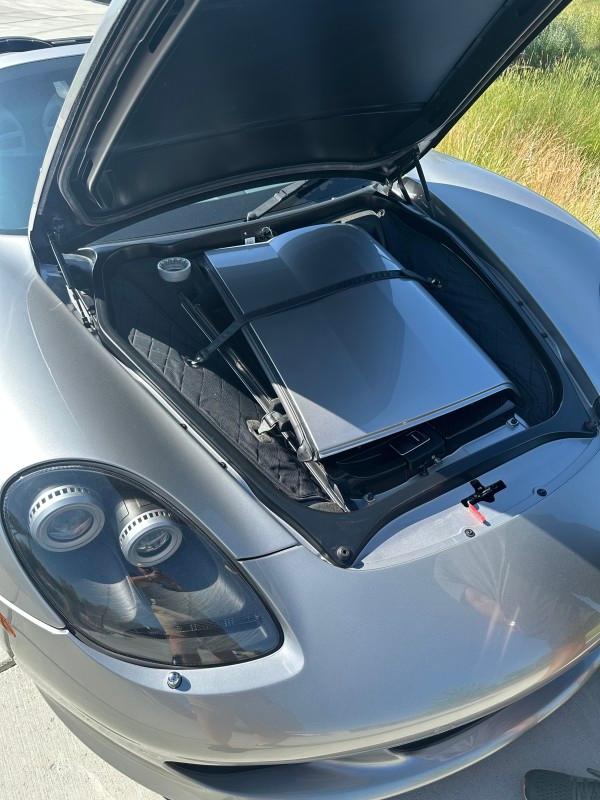
Let’s pause for a second to talk about that clutch, because if you’re reading this, then you’ve heard about the clutch in a Carrera GT. Of course you’ve heard about it; the clutch was—by far—the first thing my own car pals asked about when I told them what I’d driven.
Engaging the clutch from a standstill requires a certain technique. Screw it up, and a new one will cost you forty grand. That’s just for parts. Installation? Well, that’s an engine-out procedure that takes six hours of labor assuming you’re doing the replacement during a major service. A major service itself takes around 55 hours of labor and another $11K in parts if no other work is needed. So, figure around $26K for a typical major service. Add it all up, and replacing a Carrera GT clutch will set you back about seventy thousand dollars. That, dear reader, is all I can think about as I slide into those amazing bucket seats. No pressure, right?
By the way, if you ever find yourself as fortunate as I and behind the wheel of a Carrera GT—but also not in any position to absorb the cost of the aforementioned procedure—here’s the proper way to engage that clutch.
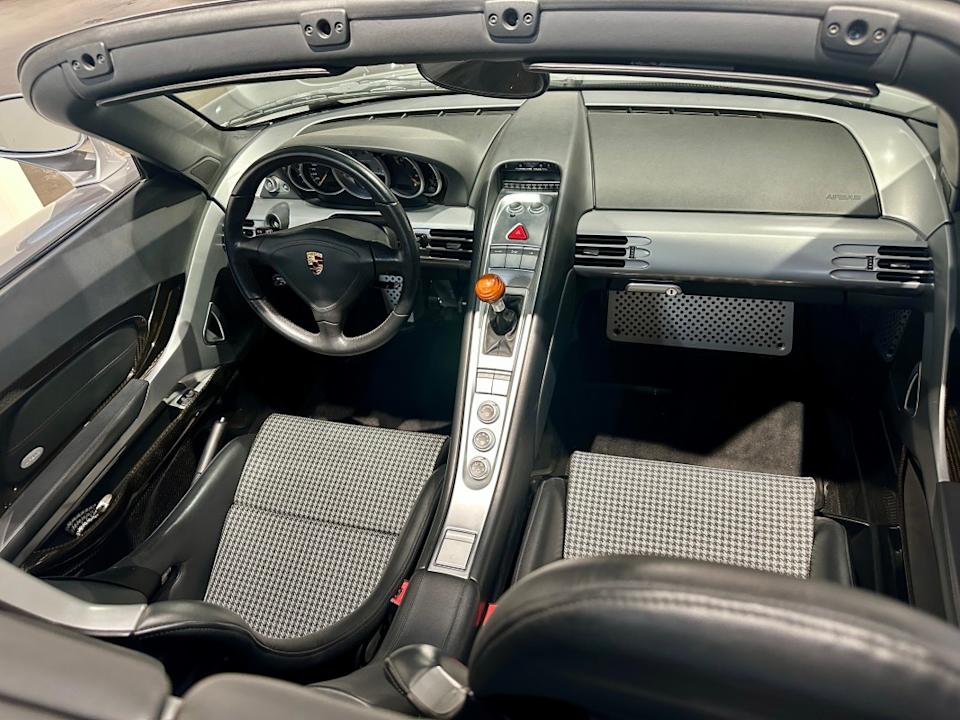
Like with all manual transmission cars, you start a Carrera GT with your feet depressing both the clutch and brake pedals. Then you release the hand brake, which is tucked between that wide door sill and your left leg. The ignition’s also to the left—in typical Porsche fashion—and operates as it would in any other Porsche. Turn the key fob and the Carrera GT’s engine rips to life. Nothing sounds like that made-for-Le Mans V10. Nothing.
But this is where the car demands your full attention. After shifting into first, you take your right foot off the brake and slowly ease your left foot off that heavy clutch pedal, all while deliberately avoiding the throttle. Only once the clutch is fully engaged do you touch the gas. In practice, it’s not especially difficult, but, it goes against instinct, and I had to consciously remind myself at every stoplight.
Thankfully, once you’re rolling, the Carrera GT drives much like any manual sports car. Shifting is precise and power delivery is instantaneous, thanks to the Carrera GT’s exceptionally small flywheel and the sheer force of the V10 behind you. No other modern Porsche delivers power in quite the same way. The ride is surprisingly composed, yet the cornering is razor-flat. Corners are taken with confidence at speed but there’s always something in the back of your mind reminding you to be careful, that this thing is bigger than you.
Braking is exactly what you’d expect from Porsche. The first-generation carbon-ceramic PCCBs were impressive in 2004, and they still inspire confidence today. Center-lock wheels are always awesome—if not entirely practical—and you’ll find them here, of course, along with the CGTs famous red and blue anodized center nuts.
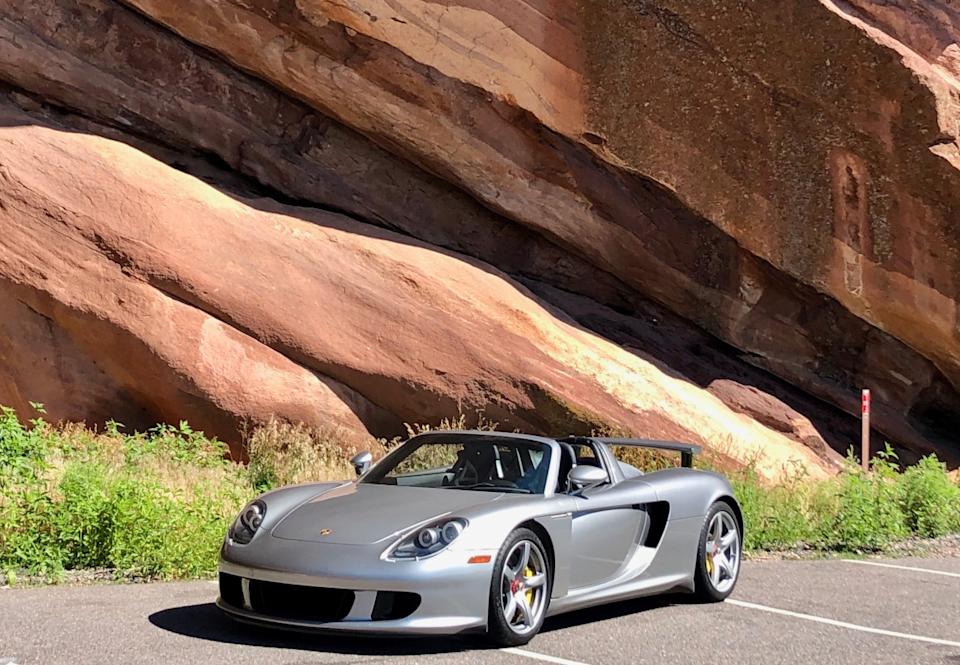
The car feels like a mid-engined Porsche GT car but it also moves around in a way that’s different than any other Porsche I’ve driven. It really does feel like a race car for the road and it communicates its seriousness with every bit of haptic feedback.
The Carrera GT is known for spooky handling at the limit and roughly 250 of the approximately 1,270 built have been written off in crashes; 200 of those reportedly within the first two years of production. Those numbers run through my head as I accelerate through the gears. While the car does have ABS and traction control, it lacks stability control. This in a vehicle worth three times as much as the average American home with a clutch that costs as much as a Cayman. But for one beautiful Colorado morning on what folks here like to call a “bluebird” day, I’m in a Carrera GT, on some of the best roads in the country, and life is good.
Recall, if you will
It’s important to note that in 2024, the Carrera GT received a Porsche Technical Service Bulletin recommending suspension updates and, most notably, a new set of tires. The CGT’s new Michelin Cup 2s are the shoes the car always deserved—if only the technology had existed when it launched. With the new rubber, the Carrera GT clocked a Nürburgring lap time of just 7 minutes and 12 seconds; 16 seconds faster than its time on the original Michelin Pilot Sport PS2s. For perspective, that’s within three seconds of a modern Porsche GT4 RS, which has the benefit of a PDK transmission. Even in 2025, the Carrera GT remains a truly remarkable machine. Brian confirms the new tires have made a huge difference in his CGT’s ride and drivability. That said, he echoes what I felt behind the wheel: that he’d never push his Carrera GT to its limits in the same way he would, say, his 997.2 GT3 RS. The stakes are simply too high, and the data too sobering.
Final thoughts on Porsche’s modern legend
So, yes, clutch engagement is different, but it’s not difficult. I can’t say what the car is like to live with but for one morning in June it certainly was epic. The front lip probably will scrape on every driveway but so does the one on my GT4. While the car didn’t try to kill me, I knew that it could. And I respected that.
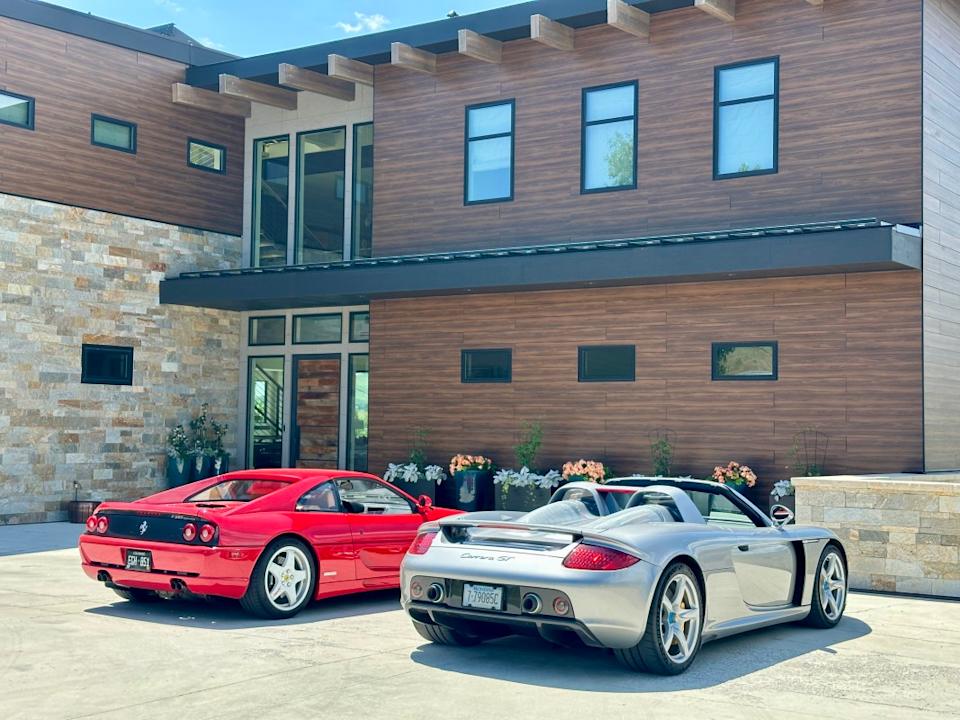
There’s no question the Carrera GT is special. But is it a $1.5 million driving experience? Is it worth as much as five late-model GT3s? That’s a tougher question to answer. When I recounted my drive on our That Car Show podcast, I think the word I used was ‘humbling.’ It’s more car than I am driver. The Carrera GT is unlike anything else I’ve driven; equal parts exhilarating and demanding. It’s raw, analog, and exciting. It requires your full attention, but it's also extraordinary in every way. It's that good. And it is that special.
It’s also not the flashiest car in the world, but for some of us, that’s a huge plus. Unlike a new McLaren or modern Lamborghini, the Carrera GT flies under the radar for most. But those who do recognize it? They lose their minds. They know. They understand what this car is, and, what it represents: something rare, something serious. And in a world of rapidly automated, homogenized supercars, that might be the most important thing. Sometimes, a little danger is exactly what keeps things interesting and you—the driver—fully engaged. If you ever get the chance to drive one, take it. But remember: respect the car. And watch that clutch.
Porsche's Legendary Carrera GT is Not the Car You Think it is first appeared on Autoblog on Jul 25, 2025
This story was originally reported by Autoblog on Jul 25, 2025, where it first appeared.



